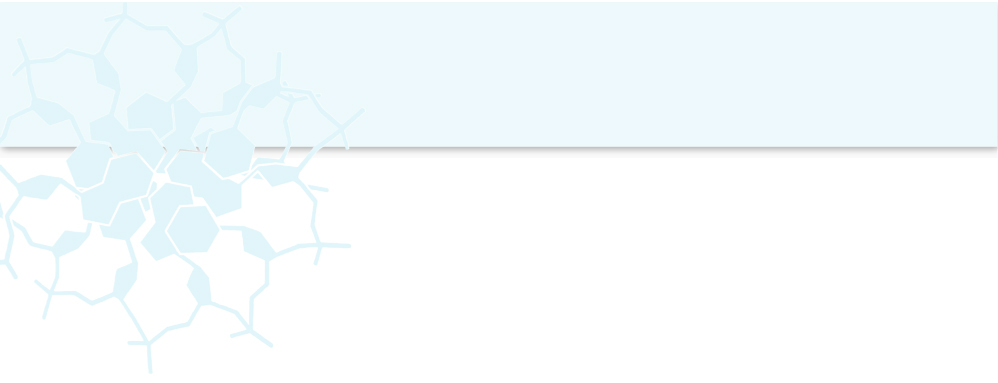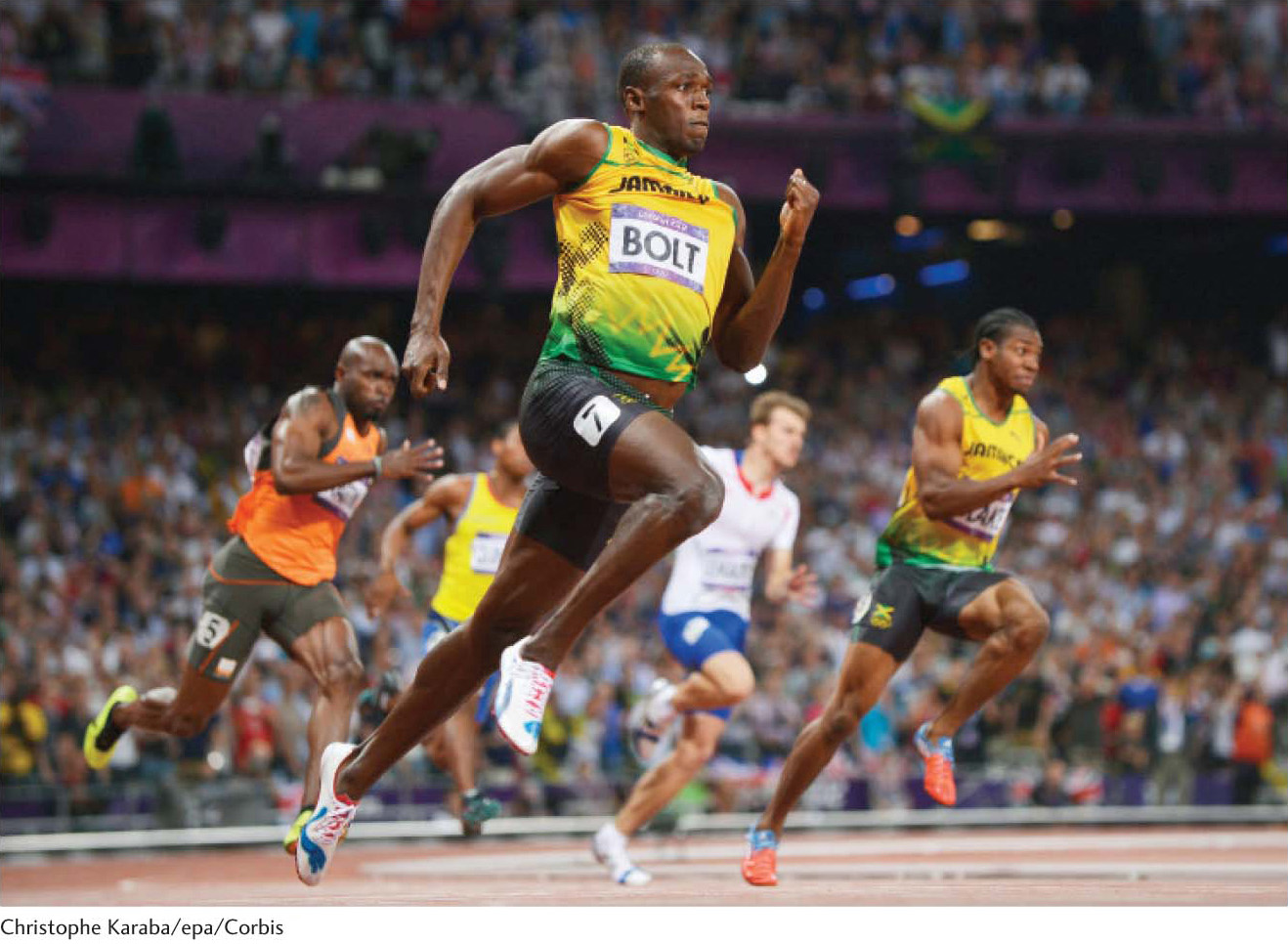
Glycolysis and Gluconeogenesis



We begin our study of metabolism by focusing on the processing of glucose, a fundamental fuel molecule for virtually all life forms. The first metabolic pathway that we encounter is glycolysis, an ancient pathway employed by a host of organisms. Glycolysis is the sequence of reactions that converts one molecule of glucose into two molecules of pyruvate while generating ATP. Glycolysis serves two major functions in the cell. First, this set of reactions generates ATP. Indeed, some tissues, such as the brain and red blood cells, rely solely on glucose as a fuel; consequently, glycolysis is especially important in these tissues. The second major function of glycolysis is to provide building blocks for biosynthesis. For instance, the molecules formed during glycolysis are used as precursors for amino acid and fatty acid synthesis.
Because glucose is such an important fuel, the end products of many biochemical pathways are salvaged to synthesize glucose in the process of gluconeogenesis. Gluconeogenesis is vital for ensuring that the brain and red blood cells have adequate supplies of glucose during a fast, such as a night’s sleep. Although glycolysis and gluconeogenesis have some enzymes in common, the two pathways are not simply the reverse of each other. In particular, the highly exergonic, irreversible steps of glycolysis are bypassed in gluconeogenesis with reactions that render gluconeogenesis exergonic under cellular condition. The two pathways are reciprocally regulated so that glycolysis and gluconeogenesis do not take place in the same cell at the same time to a significant extent, thereby preventing the waste in energy that would result if glucose were being broken down at the same time as it is being synthesized.
✓ By the end of this section, you should be able to:
✓ 1 Describe how ATP is generated in glycolysis.
✓ 2 Explain why the regeneration of NAD+ is crucial to fermentations.
✓ 3 Describe how gluconeogenesis is powered in the cell.
✓ 4 Describe the coordinated regulation of glycolysis and gluconeogenesis.